
Bug o’the Week – The Twelve (or so) Bugs of Christmas
Season’s Greetings, BugFans,
It’s time to celebrate a dozen (or so) of the beautiful bugs that posed for the BugLady this year (and that have already graced their own episodes).

Season’s Greetings, BugFans,
It’s time to celebrate a dozen (or so) of the beautiful bugs that posed for the BugLady this year (and that have already graced their own episodes).
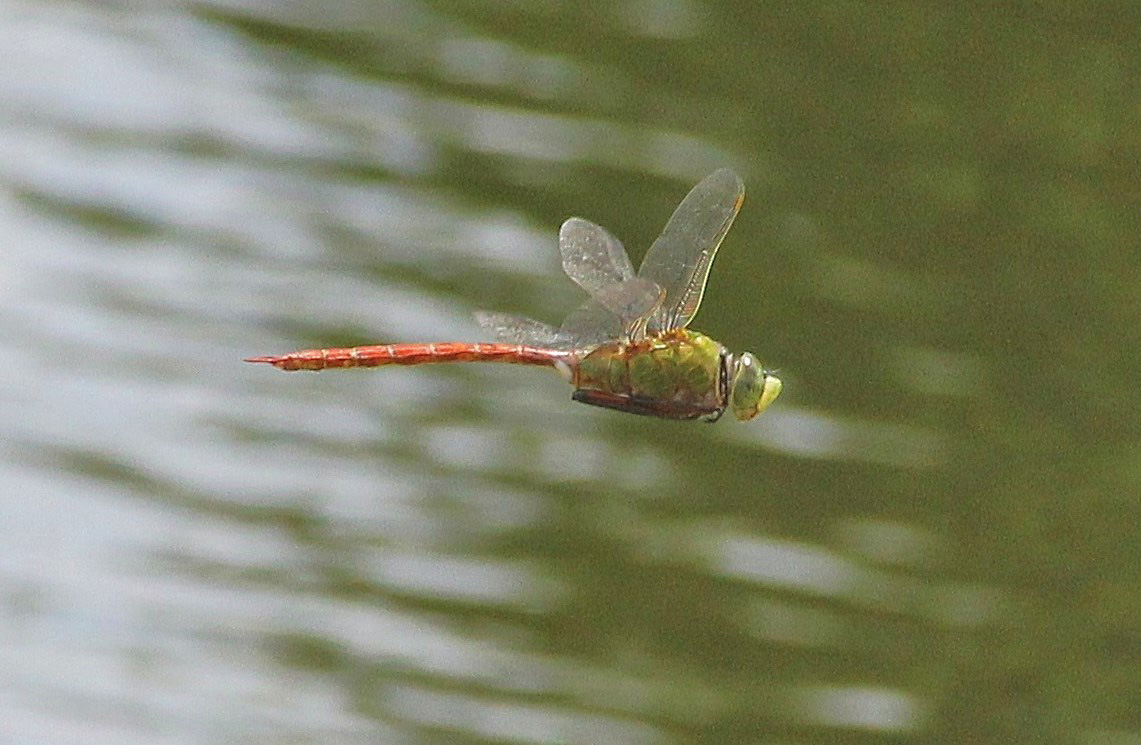
Greetings, BugFans,
The Holidays are hurtling toward us at an astonishing speed, so the BugLady figured that a Christmas green and red dragonfly would be fitting. It’s one that she’s seen, all too briefly, but not photographed – thanks to Guest Photographer BugFan Freda, aka the Dragonfly Whisperer, for the pictures (the BugLady took the one of the darner in the grass).
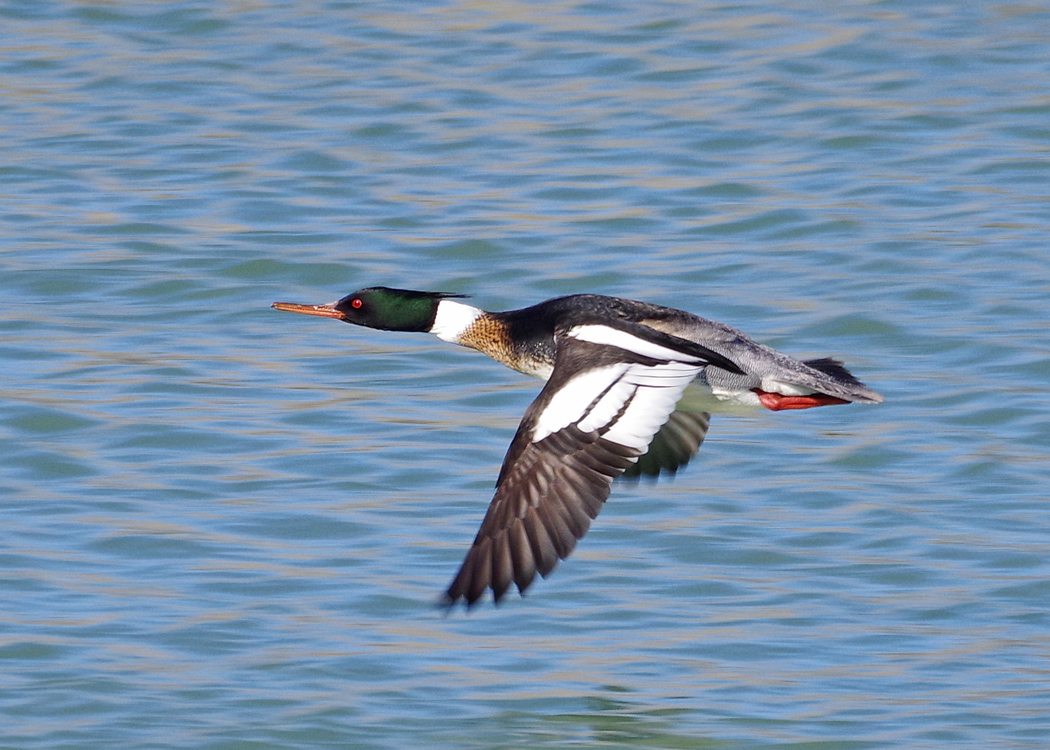
Howdy BugFans,
Perched, as she is, on the rim of the Lake Michigan, the BugLady has a front row seat for the activities of the Lake and its residents (and, of course, she’s photographing the heck out of it – rainbows, sunrises, sunsets, storms, ships, and this fall, even waterspouts!). The Lake changes daily – hourly – in minutes. In fall, and then again in late winter, flash mobs of mergansers and gulls erupt and then disappear, following schools of small fish. It’s hard to tell whether the mergansers locate the fish first and the gulls notice, or vice-versa. Once, the BugLady watched as two Bald Eagles flew out to investigate the scrum.
This year, toward the end of November, she watched a raft of mergansers more than 100 yards long (she couldn’t photograph the whole line) – many thousands of ducks, plus gulls, diving for fish.
So – what are Red-breasted Mergansers?
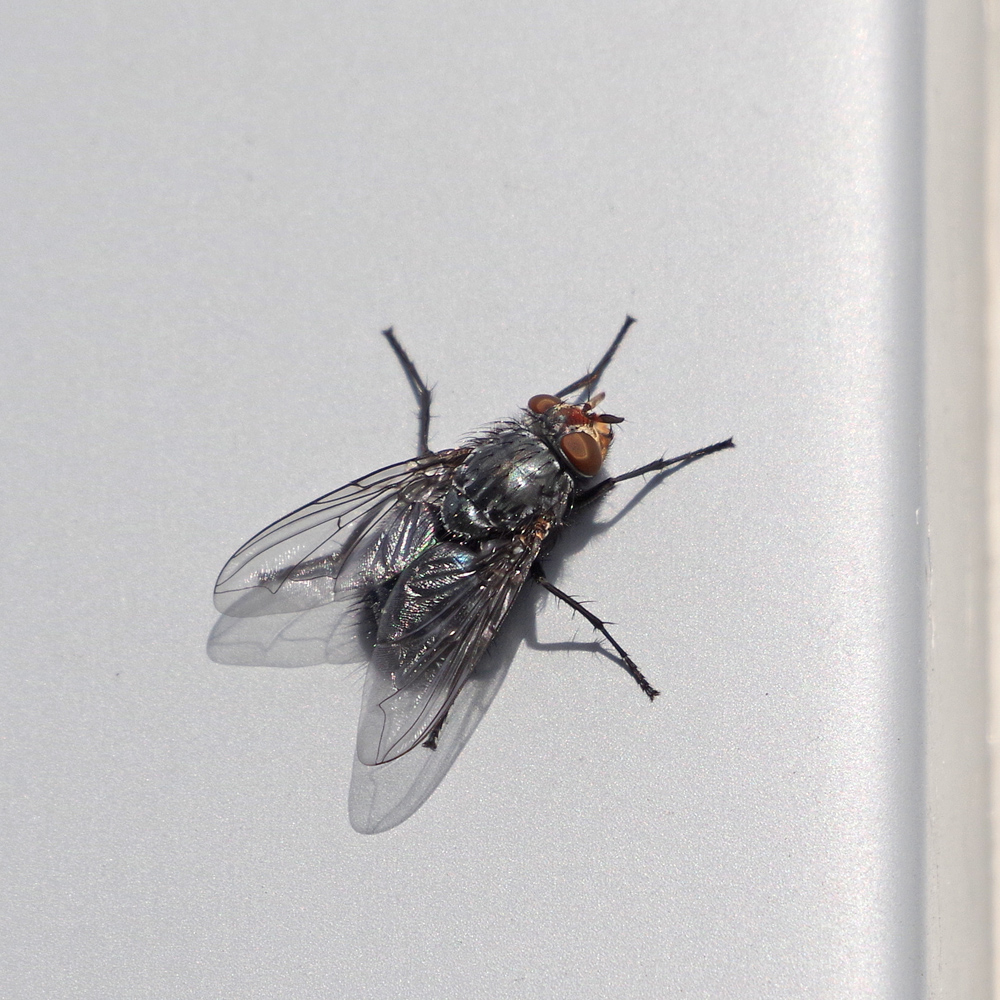
Howdy, BugFans,
Here’s a Holiday Rerun with some new words added for good measure (because who can look at something they wrote 12 years ago and not tweak it?).
The BugLady had fun photographing the deconstruction of an old farmhouse recently (in a deconstruction, everything usable gets recycled, not land-filled). On the outside walls, under the cedar shake siding, were long, skinny tubes and fist-shaped globs made by generations of mud wasps. The mud tubes that look like part of a pipe organ were made by a wasp called, logically, the ORGAN PIPE/PIPE ORGAN MUD DAUBER (Trypoxylon politum).
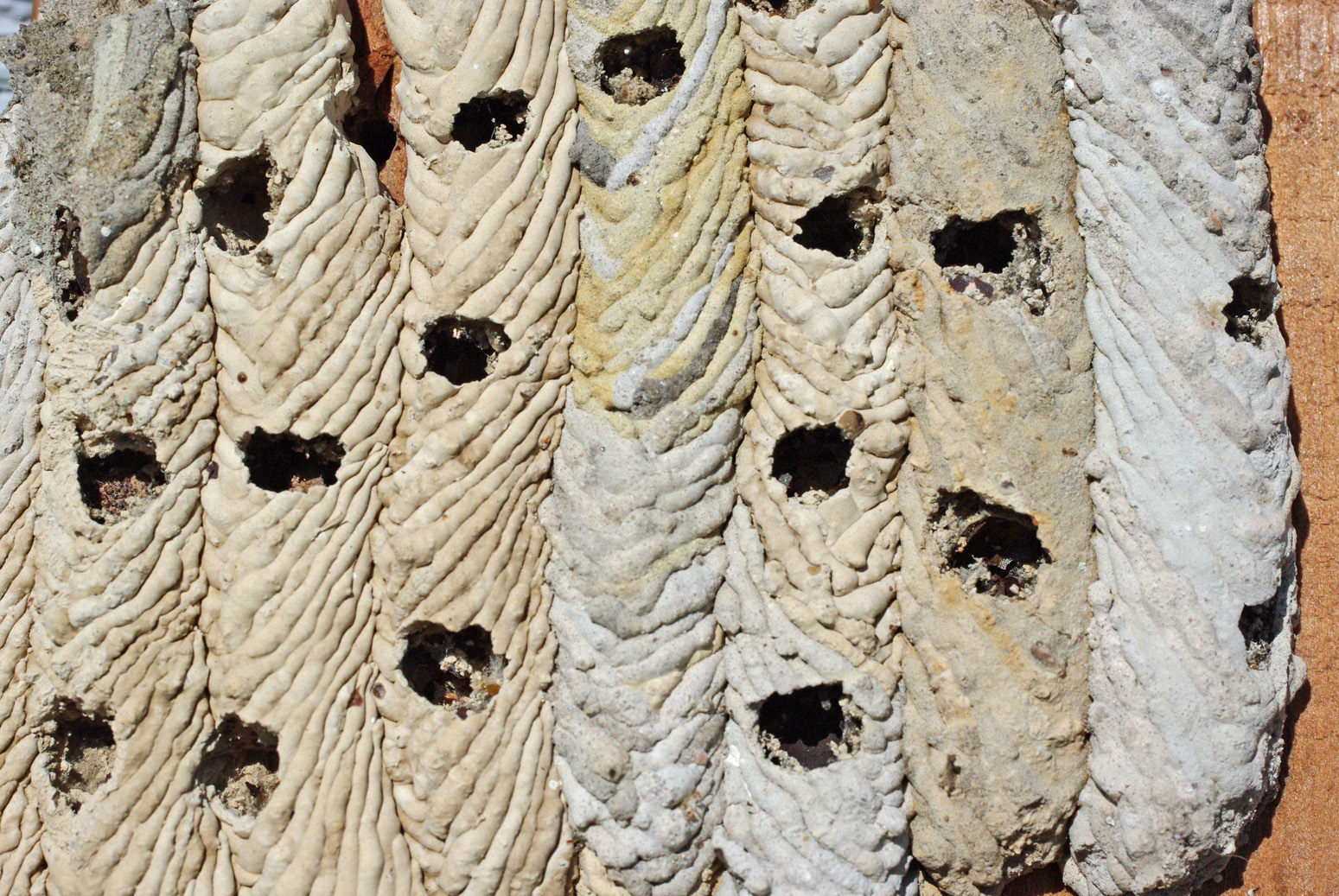
Howdy, BugFans,
Here’s a Holiday Rerun with some new words added for good measure (because who can look at something they wrote 12 years ago and not tweak it?).
The BugLady had fun photographing the deconstruction of an old farmhouse recently (in a deconstruction, everything usable gets recycled, not land-filled). On the outside walls, under the cedar shake siding, were long, skinny tubes and fist-shaped globs made by generations of mud wasps. The mud tubes that look like part of a pipe organ were made by a wasp called, logically, the ORGAN PIPE/PIPE ORGAN MUD DAUBER (Trypoxylon politum).
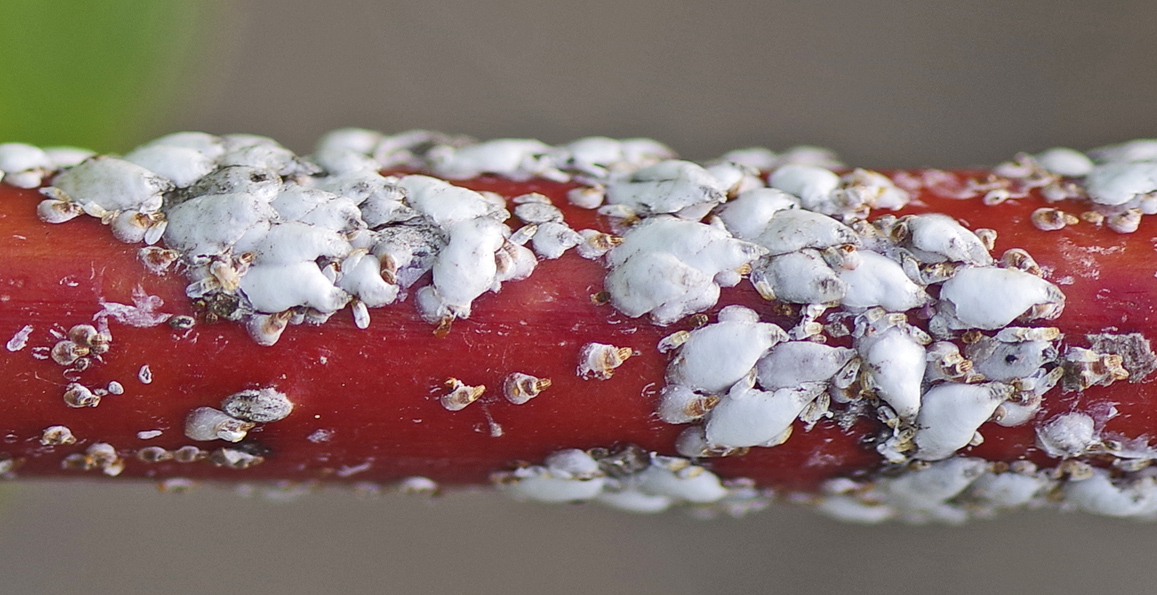
Howdy, BugFans,
If asked to describe a Red-osier dogwood shrub, lots of people would say “it has red bark with white lumps on it.” It does – but it doesn’t.
Some of our most un-bug-like bugs are the scale insects. There are lots of them worldwide – about 8,400 species in 36 families. They’re called scales because they (the females, anyway) cling, limpet-like, to their food plant, protected under a waxy covering that looks fish-scale-ish. They’re sexually dimorphic (“two forms”), and adult males – in the species where males exist – are often tiny and gnat-like. If your basic definition of an insect is “six legs, some wings, and three body parts that are divided in segments” you’ll have to suspend it a bit for the scales.
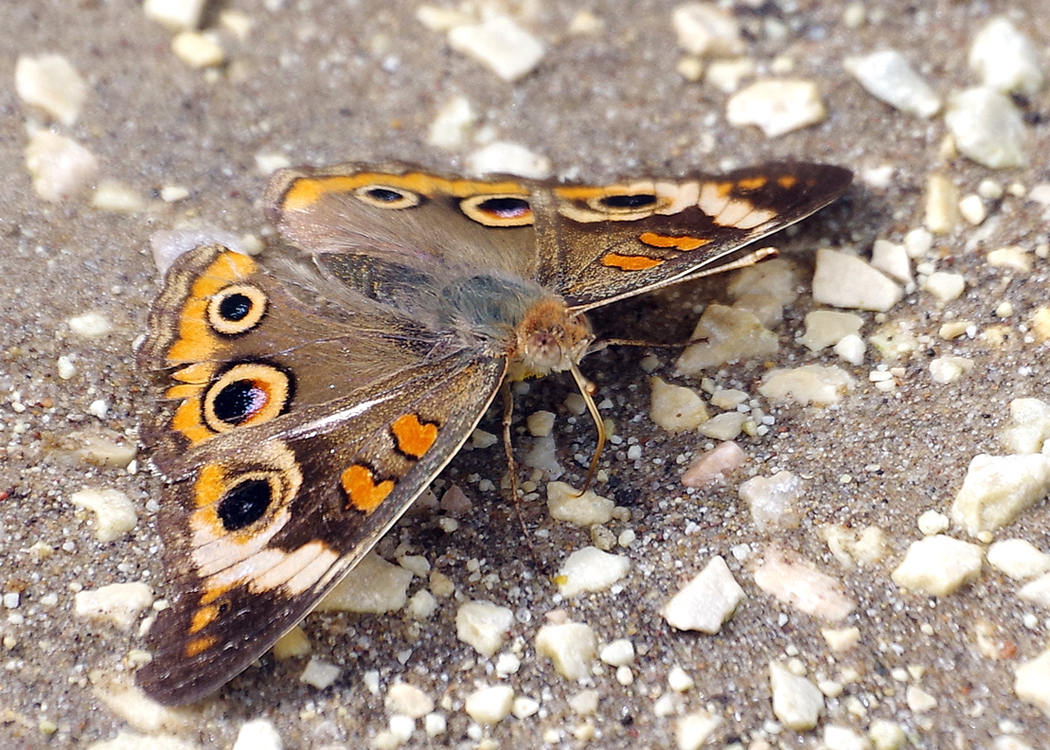
Howdy, BugFans,
The BugLady originally wrote about the Common Buckeye in January of 2009, but she thinks she might have given it short shrift (due to insufficient scholarship), so here’s a rewritten version with new words and new pictures.
The first thing to know about Common Buckeyes is that they are not Yankee butterflies – they are Southerners (from a largely tropical genus) that recolonize God’s Country in varying numbers from year to year and produce a two or three broods here, depending on whether spring and/or fall is long and mild. But they are not very “freeze-tolerant,” and they can’t survive Wisconsin winters in any stage, so they wander back south in the fall.
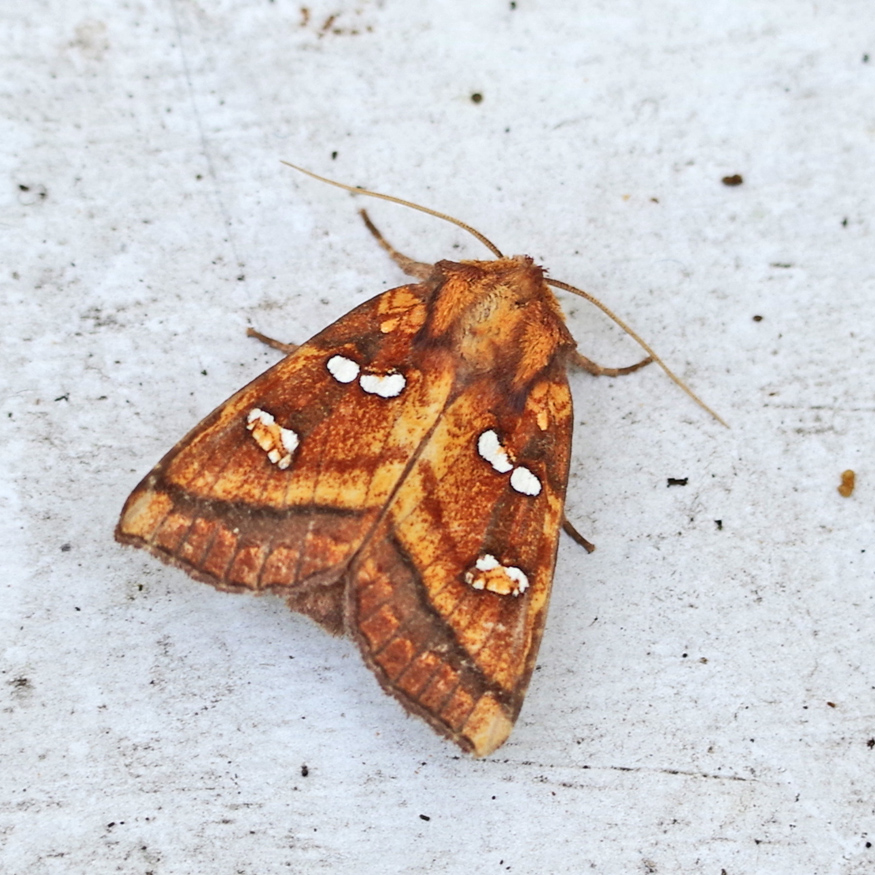
Howdy, BugFans,
In her program about insect Natural History, the BugLady says to the audience “so – we’ve been studying insects for hundreds of years – we’ve got it all nailed down, right?” Sure. The BugLady has had some interesting adventures with insects this year. Even if she can identify them (a big “if” – the X-Files are bursting), not all of them lead transparent lives (“What is it?” should, after all, not be the last question we ask about an organism, it should be the first, and the answer helps open a bunch more doors). The BugLady frequently writes about bugs who are caught in a classification dust-up. Here are two poster children for “temporarily displaced” insects.
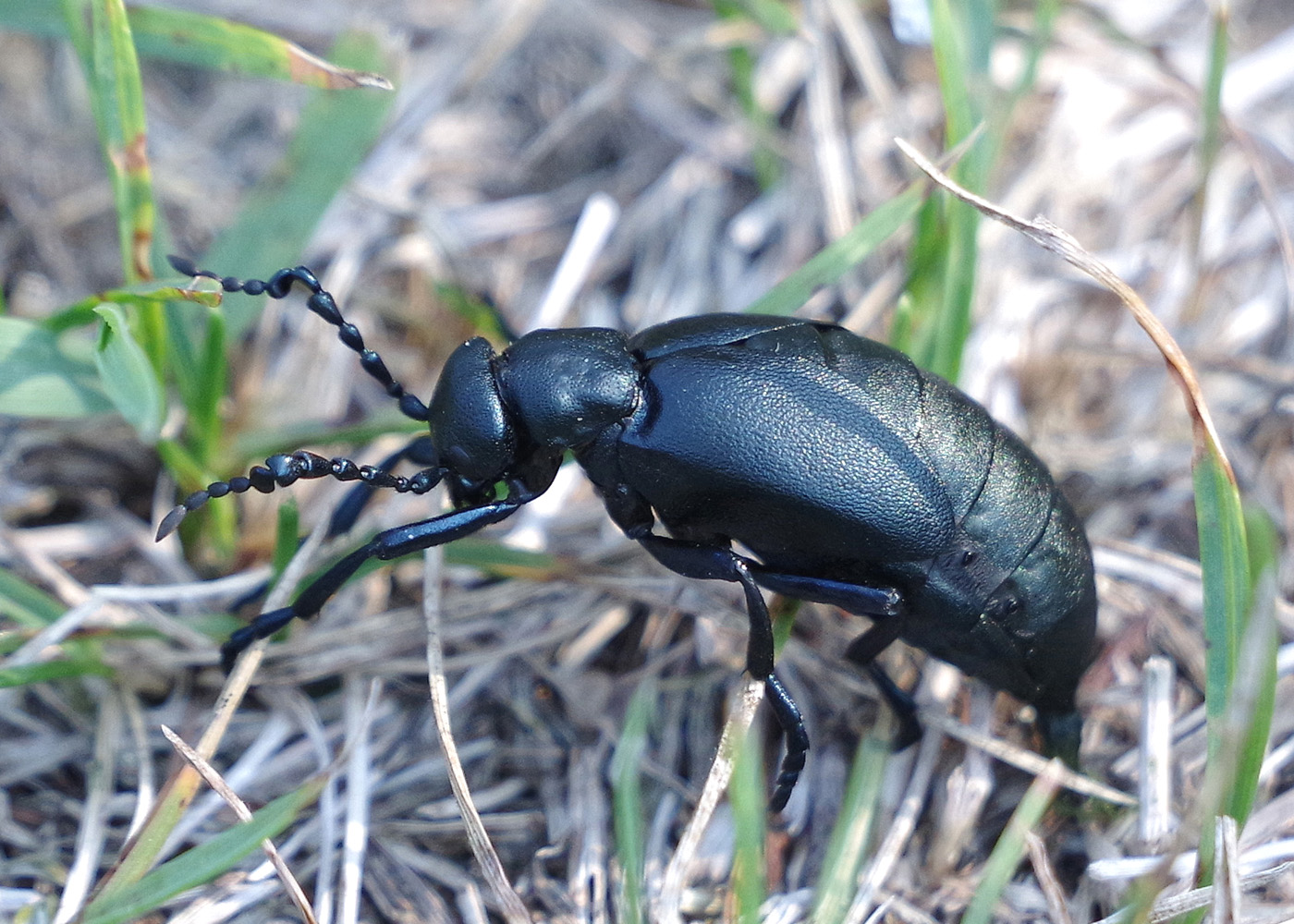
Greetings, BugFans,
When the BugLady was walking at Riveredge towards the end of September, she came to a fork in the trail and thought “if I go left, I’ll get back to the car faster, but if I go right, I’ll see something good.” So she did, and she did.
Along a 15 foot stretch of trail, she found a half-dozen Oil beetles in the grass (including one pair in flagrante delicto). She suspects that some of the motionless females may have been ovipositing. And then she looked closer.

Greetings, BugFans,
The BugLady has been doing a little dance as she walks down the trail lately, trying to avoid stepping on wooly bear caterpillars (her mission statement, after all, is “Less stepping on bugs”). She has been less successful when she drives. So, it’s time to rerun this episode that originally aired in 2009, but that she re-posts every five years or so. A few new words; some new pictures: